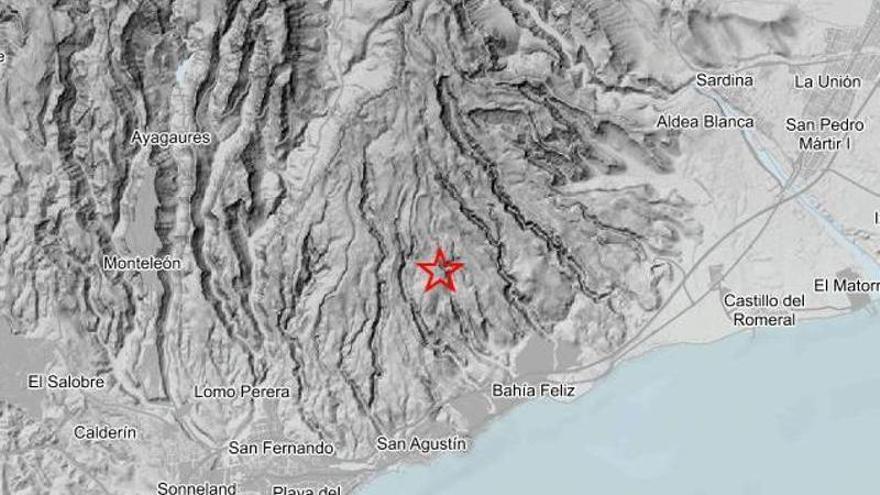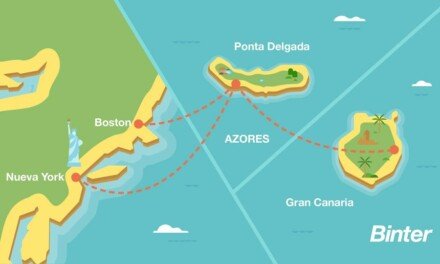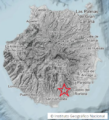 Santa Lucía de Tirajana, Gran Canaria – An earthquake with a magnitude of 2.1 rattled the interior of the Gran Canaria municipality of Santa Lucía de Tirajana this Thursday evening. According to data from the Instituto Geográfico Nacional (IGN), Spain’s national geological institute, the tremor occurred at precisely 20:07 local time and was registered at a depth of approximately 25 kilometers. Thankfully, this seismic event went pretty much unnoticed by the local population.
Santa Lucía de Tirajana, Gran Canaria – An earthquake with a magnitude of 2.1 rattled the interior of the Gran Canaria municipality of Santa Lucía de Tirajana this Thursday evening. According to data from the Instituto Geográfico Nacional (IGN), Spain’s national geological institute, the tremor occurred at precisely 20:07 local time and was registered at a depth of approximately 25 kilometers. Thankfully, this seismic event went pretty much unnoticed by the local population.
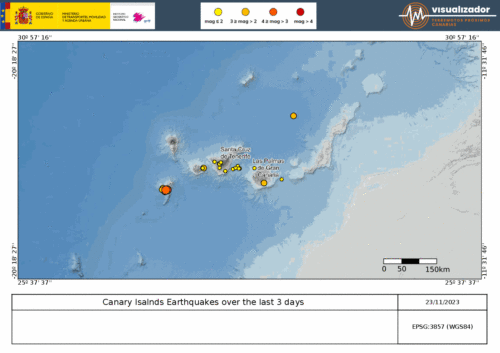 This marks the thirteenth earthquake recorded by the IGN in the past three days, with this one being the sole occurrence located actually on Gran Canaria. On Thursday, there were a total of five earthquakes reported across the Canary Islands. The most significant of these, measuring 3.2 in magnitude, took place at 16:12 in the southwestern region of the municipality of El Pinar on the island of El Hierro, with its epicenter located 26 kilometers below the surface. Notably, only two of these recent earthquakes were felt by residents, specifically the pair that occurred on Wednesday in La Gomera. These had magnitudes of 2.5 and 2.0 and were perceptible in Vallehermoso and San Sebastián de La Gomera.
This marks the thirteenth earthquake recorded by the IGN in the past three days, with this one being the sole occurrence located actually on Gran Canaria. On Thursday, there were a total of five earthquakes reported across the Canary Islands. The most significant of these, measuring 3.2 in magnitude, took place at 16:12 in the southwestern region of the municipality of El Pinar on the island of El Hierro, with its epicenter located 26 kilometers below the surface. Notably, only two of these recent earthquakes were felt by residents, specifically the pair that occurred on Wednesday in La Gomera. These had magnitudes of 2.5 and 2.0 and were perceptible in Vallehermoso and San Sebastián de La Gomera.
While there has been an increase in seismic activity of late, the majority of these earthquakes have been of low to moderate magnitude and have not caused significant impact or damage. Local authorities and the IGN continue to closely monitor the situation to ensure the safety of the community.
Should You Be Concerned About Earthquake Swarms in the Canary Islands?
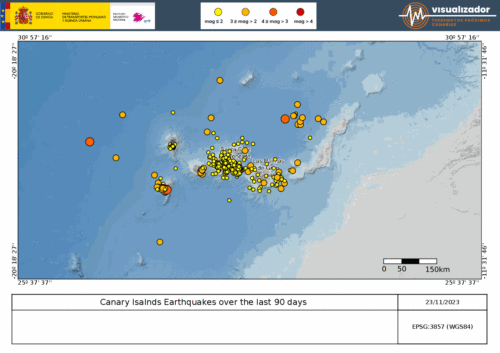 Recent reports of earthquake swarms in the Canary Islands have raised some questions about potential concerns. Earthquake swarms are characterized by a series of relatively small earthquakes occurring in a specific area over a short period of time. However, experts suggest that there is generally no need for undue alarm.
Recent reports of earthquake swarms in the Canary Islands have raised some questions about potential concerns. Earthquake swarms are characterized by a series of relatively small earthquakes occurring in a specific area over a short period of time. However, experts suggest that there is generally no need for undue alarm.
The Canary Islands, including Gran Canaria, are situated in an area prone to seismic activity due to their proximity to active volcanoes and tectonic plate boundaries. Earthquake swarms are not uncommon in this region. It’s important to note that the majority of earthquakes in these swarms are of low to moderate magnitude and do not necessarily indicate a major impending earthquake.
While the fairly constant seismic activity may be unsettling for some, the local authorities on Gran Canaria and the rest of the Canary Islands have stringent building codes and preparedness measures in place to minimize the impact of potential earthquakes. Residents are encouraged to be aware of earthquake safety protocols and have emergency kits ready, as a general precaution. Most people will never experience one.
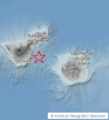 The Instituto Geográfico Nacional (IGN), the national geological institute, continuously monitors seismic activity and provides updates and guidance to ensure public safety. If there is any reason for concern, local authorities and experts will promptly inform the community. In the meantime, stay informed and follow any official guidance provided by the relevant authorities. If no guidance is being issued, you can be sure that there is very little to worry about from the frequent activity detected.
The Instituto Geográfico Nacional (IGN), the national geological institute, continuously monitors seismic activity and provides updates and guidance to ensure public safety. If there is any reason for concern, local authorities and experts will promptly inform the community. In the meantime, stay informed and follow any official guidance provided by the relevant authorities. If no guidance is being issued, you can be sure that there is very little to worry about from the frequent activity detected.

